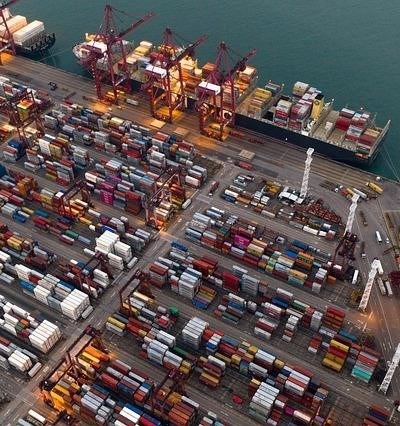
Let’s delve into the grim reality of the «fresh CVV» trade, a lucrative yet dangerous aspect of cybercrime. As someone experienced in financial crime investigations, I want to guide you through this complex landscape.
Understanding the Players
This isn’t just some isolated act; it’s a sophisticated operation involving various actors. We have the data thieves—individuals or groups responsible for data breaches and security breaches, often targeting businesses with weak security protocols. They acquire stolen credit card information, including the crucial CVV (Card Verification Value) code. Then come the carders, who buy this compromised data on the dark web, a hidden part of the internet used for illicit activities. These carders often work with organized crime syndicates, enabling large-scale payment card fraud and payment processing fraud.
The Mechanics of Fraud
The stolen data, including the CVV, is used to create fraudulent transactions. This is online fraud at its most effective. These illegal credit card transactions can range from small purchases to large-scale scams. The perpetrators might use various techniques to mask their identity, making tracing them extremely difficult. We see CVV fraud used in various forms, from online shopping to creating counterfeit cards. This is a clear example of financial crime and cybercrime.
The Impact
The consequences of this illegal activity are wide-ranging. Victims experience financial losses, damage to their credit score, and the emotional distress associated with identity theft. Businesses suffer reputational damage and financial losses. Ultimately, this impacts the trust in online commerce. The scale of the problem is enormous, with millions of cards compromised annually.
- Financial Loss: Direct monetary loss to individuals and businesses.
- Reputational Damage: Businesses facing negative publicity after a breach.
- Identity Theft: The potential for further crimes using stolen personal information.
Combating this requires a multi-pronged approach: strengthening online security, improving fraud detection systems, and international cooperation to track down and prosecute these criminals. Understanding the mechanics of this trade is crucial in preventing future attacks.

